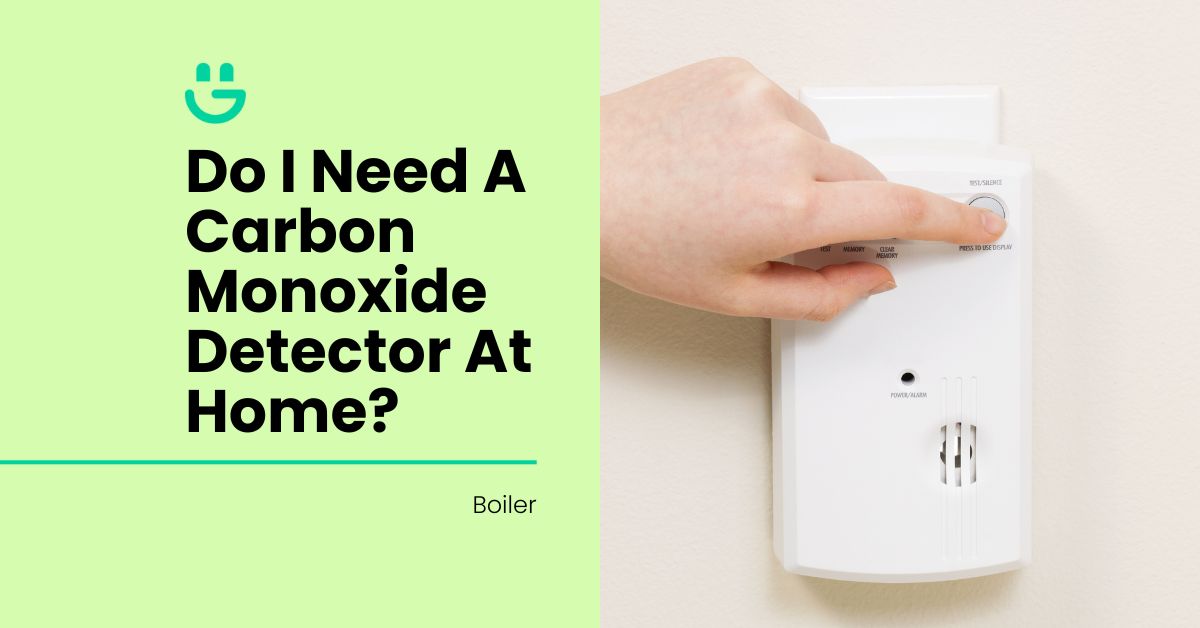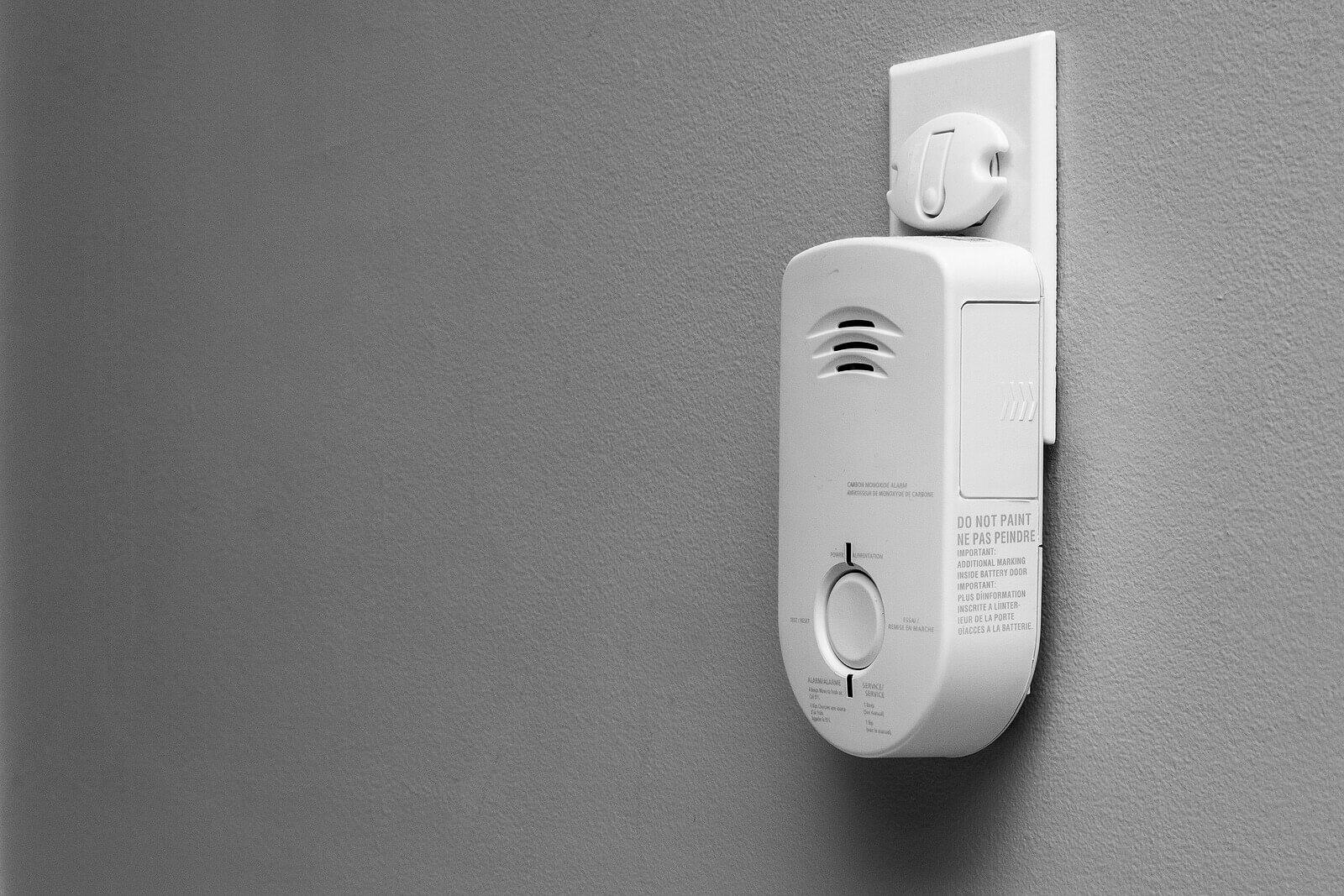Should I Have A Carbon Monoxide Detector

Should You Have a Carbon Monoxide Detector? An HVAC Professional's Perspective
When upgrading your HVAC system, or evaluating one as a homeowner or real estate investor, the focus is often on energy efficiency, comfort, and cost. However, a critical aspect often overlooked is safety. Installing a carbon monoxide (CO) detector is a vital safety measure, especially with fuel-burning appliances like furnaces. This article explores why CO detectors are essential, how they work, and what you need to know to choose the right one.
The Silent Threat: Carbon Monoxide
Carbon monoxide is an odorless, colorless gas produced by the incomplete combustion of fuels such as natural gas, propane, oil, wood, and even gasoline. Faulty furnaces, gas stoves, water heaters, and even portable generators can all be sources of CO. Because it’s undetectable by human senses, it’s often called the “silent killer.”
Symptoms of CO poisoning can mimic the flu: headache, dizziness, nausea, fatigue, and confusion. Prolonged exposure can lead to loss of consciousness, brain damage, and even death. Children, pregnant women, the elderly, and individuals with respiratory or heart conditions are particularly vulnerable.
Why a CO Detector is Non-Negotiable
Early Detection is Key: The primary benefit of a CO detector is its ability to detect CO buildup *before* it reaches dangerous levels, providing you and your family with crucial time to evacuate and call for help.
Peace of Mind: Knowing you have a working CO detector offers peace of mind, especially during the heating season when furnaces are used extensively.
Legal Requirements: Many states and municipalities have laws requiring CO detectors in homes, particularly those with fuel-burning appliances. Check your local regulations to ensure compliance.
Types of Carbon Monoxide Detectors
There are several types of CO detectors available, each with its own advantages and disadvantages:
- Electrochemical Sensors: These are the most common type of CO detector. They use a chemical reaction to measure CO levels and are generally considered the most accurate and reliable.
- Biomimetic Sensors: These detectors use a gel that changes color in the presence of CO. While visually appealing, they may be less accurate than electrochemical sensors.
- Metal Oxide Semiconductor Sensors: These sensors measure changes in electrical resistance caused by CO. They are less sensitive than electrochemical sensors and may be prone to false alarms.
Features to Consider When Choosing a CO Detector
When selecting a CO detector, consider these key features:
- Digital Display: A digital display shows the current CO level in parts per million (ppm). This allows you to monitor CO levels and identify potential problems early.
- Alarm Volume: Ensure the alarm is loud enough to wake you up at night. A minimum of 85 decibels is recommended.
- Battery Backup: Choose a detector with a battery backup in case of power outages.
- End-of-Life Warning: CO detectors have a limited lifespan (typically 5-10 years). Look for a detector with an end-of-life warning that alerts you when it needs to be replaced.
- Interconnectivity: Some CO detectors can be interconnected, meaning that if one alarm goes off, all the detectors in the house will sound. This is particularly useful in larger homes.
- Combination Smoke and CO Detectors: These devices combine smoke and CO detection into a single unit, saving space and simplifying installation.
Placement and Installation
Proper placement is crucial for effective CO detection. Follow these guidelines:
- Install CO detectors on every level of your home, including the basement.
- Place detectors outside each sleeping area.
- Do *not* install detectors in garages or near fuel-burning appliances. Excessive fumes can trigger false alarms.
- Mount detectors on the wall or ceiling, following the manufacturer's instructions.
- Test your CO detectors regularly (at least monthly) using the test button.
Cost of Carbon Monoxide Detectors
CO detectors range in price from $20 to $100 or more, depending on the features and brand. Combination smoke and CO detectors tend to be more expensive. While price is a factor, prioritize safety and reliability over cost.
Maintenance and Replacement
CO detectors require minimal maintenance, but regular testing and replacement are essential:
- Testing: Test your CO detectors monthly by pressing the test button.
- Battery Replacement: Replace the batteries at least once a year, or when the low-battery warning sounds.
- Detector Replacement: Replace your CO detectors every 5-10 years, or according to the manufacturer's recommendations.
Popular Brands and Models
Several reputable brands offer reliable CO detectors. Some popular options include:
- Kidde: Kidde offers a wide range of CO detectors, including electrochemical and combination smoke/CO detectors. Their models are known for their reliability and affordability.
- Nest Protect: The Nest Protect is a smart smoke and CO detector that connects to your home's Wi-Fi network. It offers voice alerts, remote monitoring, and automatic testing.
- First Alert: First Alert offers a variety of CO detectors, including models with digital displays and battery backups.
- Universal Security Instruments: USI offers a range of CO detectors including models with 10-year sealed batteries. These are designed to last the life of the alarm.
Carbon Monoxide and HVAC Systems
While CO detectors are crucial in any home with fuel-burning appliances, they are particularly important when considering or upgrading your HVAC system. Here's why:
- Furnace Malfunctions: A malfunctioning furnace is a common source of CO leaks. Regular maintenance, including annual inspections by a qualified HVAC technician, can help prevent CO buildup.
- Improper Installation: Incorrect installation of a new furnace or other fuel-burning appliance can also lead to CO leaks. Always hire a licensed and experienced HVAC contractor for installation.
- Older HVAC Systems: Older furnaces are more prone to malfunctions and CO leaks than newer, more efficient models. If you have an older furnace, consider replacing it with a newer, more efficient model with improved safety features. A furnace with a high AFUE rating indicates greater efficiency and potentially reduced risk of incomplete combustion.
Understanding HVAC Efficiency Ratings: AFUE, SEER, and HSPF
When upgrading your HVAC system, it's essential to understand the efficiency ratings:
- AFUE (Annual Fuel Utilization Efficiency): This rating measures the efficiency of a furnace. A higher AFUE rating indicates a more efficient furnace, meaning it wastes less fuel and produces less CO. Look for furnaces with AFUE ratings of 90% or higher for optimal efficiency.
- SEER (Seasonal Energy Efficiency Ratio): This rating measures the efficiency of an air conditioner. A higher SEER rating indicates a more efficient air conditioner.
- HSPF (Heating Season Performance Factor): This rating measures the efficiency of a heat pump. A higher HSPF rating indicates a more efficient heat pump.
While these ratings primarily focus on energy efficiency, they also indirectly relate to safety. More efficient appliances are generally designed with better combustion processes, potentially reducing the risk of CO production. However, a CO detector is still crucial, regardless of your HVAC system's efficiency rating.
Warranties and Maintenance
Most HVAC systems come with warranties covering parts and labor. Read the warranty carefully to understand what is covered and for how long. Regular maintenance is essential to keep your HVAC system running efficiently and safely. Schedule annual inspections and tune-ups by a qualified HVAC technician. This will help identify potential problems early and prevent CO leaks.
Conclusion: Prioritize Safety with a CO Detector
While focusing on the efficiency and features of your HVAC system is important, never overlook the critical safety aspect of carbon monoxide detection. Investing in a reliable CO detector is a small price to pay for the peace of mind and protection it provides. Remember to test your detectors regularly, replace them as recommended, and schedule annual maintenance for your fuel-burning appliances to ensure a safe and comfortable home. Whether you're a homeowner, real estate investor, or contractor, understanding the importance of CO detection is crucial for protecting lives and property.
When replacing your HVAC system, consider models from reputable brands known for their reliability and safety features. Research brands such as Carrier, Trane, Rheem, and Goodman, comparing their AFUE, SEER, and HSPF ratings, as well as their warranty offerings.



:max_bytes(150000):strip_icc()/kidde-carbon-monoxide-detector-2a56fd110bb640d4beeb56adc3218a7f.jpg)






